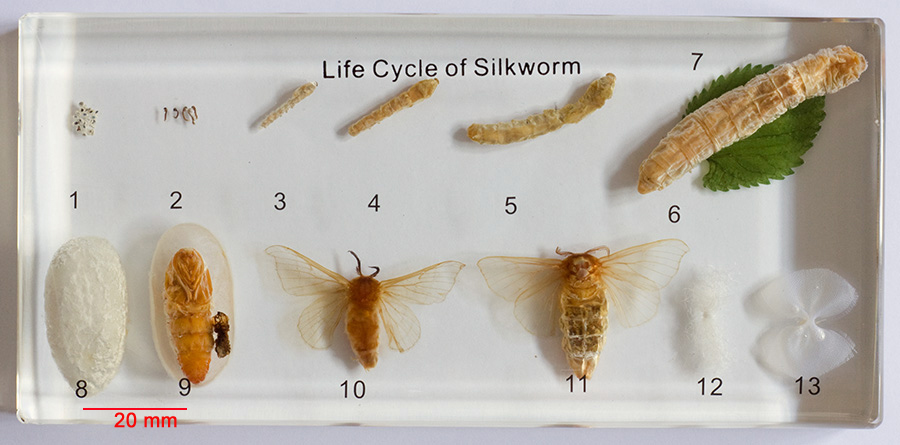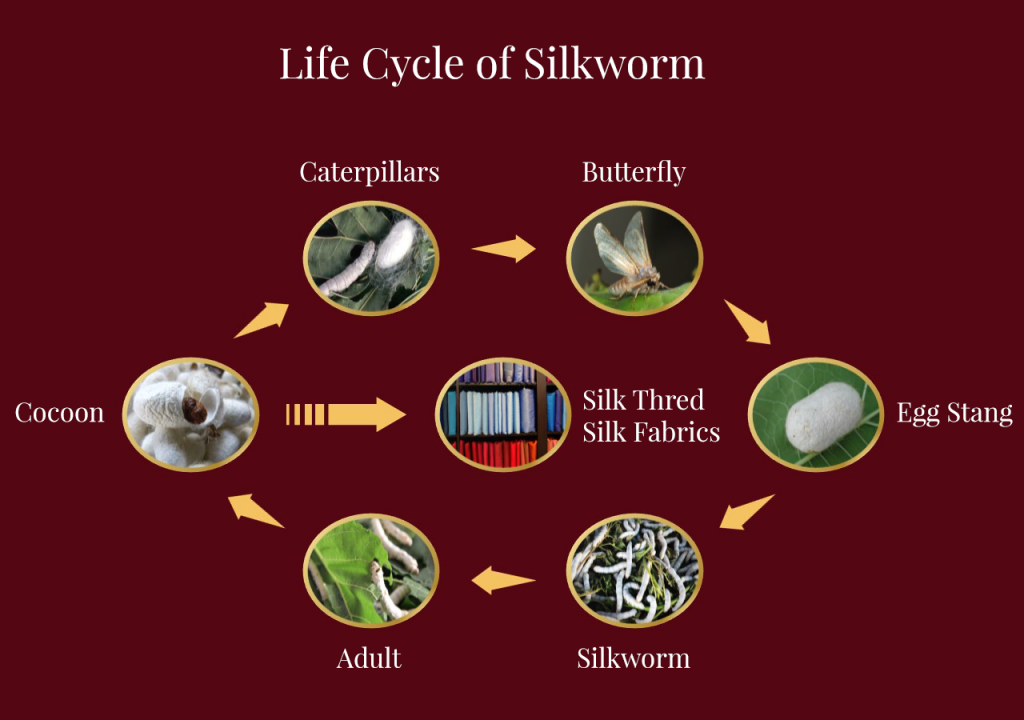
Over 60 and 70 20-HE-responsive miRNAs were identified in the BmE cell line and S2 cell line, respectively. Here by small RNA sequencing, we systematically investigated the genome-wide responses of miRNAs to 20-HE in the embryogenic cell lines of Bombyx mori and Drosophila melanogaster.

The involvement of single miRNAs in the ecdysone-signalling pathways has been extensively explored, but the interplay between ecdysone and the majority of miRNAs still remains largely unknown. Ģ0-hydroxyecdysone (20-HE) plays essential roles in coordinating developmental transitions of insects through responsive protein-coding genes and microRNAs (miRNAs). For example, bmo-let-7 exhibits a clear association with ecdysone pulse in its temporal expression, and targets genes, FTZ-F1 and Eip74EF (E74), key regulatory factors in the ecdysone pathway bmo-miR-281 regulates the development of Malpighian tubules through suppression of EcR-B expression two mature miRNAs of the precursor bmo-mir-14 jointly function in the ecdysone-signalling pathway: bmo-miR-14-3p targets E75 and EcR-B to maintain ecdysone homoeostasis for normal development and metamorphosis, and the non-dominant bmo-miR-14-5p suppresses at least nine genes to control ecdysone biosynthesis. To date, over 500 miRNAs have been identified in the silkworm, and most of them show clear temporal and spatial expression patterns, but only a few of them have been reported to interact with genes in the ecdysone-signalling pathway in this species. Despite those advances, however, the molecular cues linking ecdysone-signalling and most miRNAs in many insects still remain largely unknown. Our data provide an important resource for more detailed functional analysis of miRNAs in this animal. The whole-life expression profile was further investigated via stage-by-stage analysis.

We present the full-scale expression profiles of miRNAs throughout the life cycle of Bombyx mori. Stage-by-stage examinations revealed further expression patterns, such as emergence at specific time-points during embryogenesis and up-regulation of miRNA groups in late embryos (miR-1 and bantam), expression associated with stage transition between instar and molt larval stages (miR-34b), expression associated with silk gland growth and spinning activity (miR-274), continuous high expression from the spinning larval to pupal and adult stages (miR-252 and miR-31a), a coordinate expression trough in day 3 pupae of both sexes (miR-10b and miR-281), up-regulation in pupal metamorphosis of both sexes (miR-29b), and down-regulation in pupal metamorphosis of both sexes (miR-275).

Our results show that miRNAs display a wide variety of expression profiles over the whole life of the silkworm, including continuous expression from embryo to adult (miR-184), up-regulation over the entire life cycle (let-7 and miR-100), down-regulation over the entire life cycle (miR-124), expression associated with embryogenesis (miR-29 and miR-92), up-regulation from early 3rd instar to pupa (miR-275), and complementary pulses in expression between miR-34b and miR-275.

To obtain a comprehensive overview of the correlation between miRNA expression and stage transitions, we performed a whole-life test and subsequent stage-by-stage examinations on nearly one hundred miRNAs in the silkworm. Numerous miRNAs have been identified in Bombyx mori, but the temporal expression profiles of miRNAs corresponding to each stage transition over the entire life cycle of the silkworm remain to be established. MicroRNAs (miRNAs) are expressed by a wide range of eukaryotic organisms, and function in diverse biological processes.


 0 kommentar(er)
0 kommentar(er)
